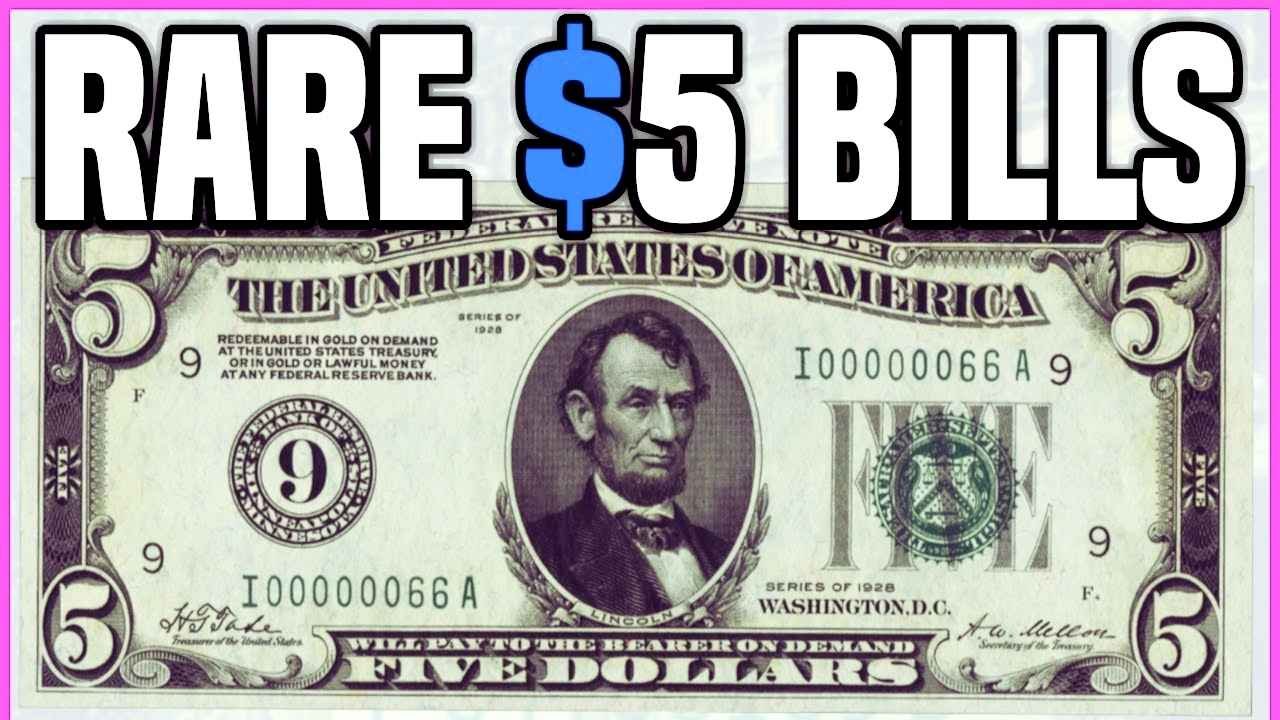You might have a small fortune sitting in your wallet without even knowing it. A rare printing mistake on some 1995 $5 bills has collectors excited, and these notes could be worth hundreds or even thousands of dollars. The error is an upside-down Treasury seal, a tiny slip-up that makes these bills a hot item for currency fans. With millions of $5 bills still out there in wallets, cash registers, or tucked away in drawers, you could be holding one of these valuable gems. Here’s how to check your cash and what to do if you find one.
What Makes the 1995 $5 Bill Special?
The 1995 $5 bill looks like any other, with Abraham Lincoln’s face on the front and the Lincoln Memorial on the back. But a small batch of these bills left the U.S. Bureau of Engraving and Printing with a big mistake: the green Treasury seal, usually printed upright next to Lincoln’s portrait, is flipped 180 degrees. This error is super rare because strict quality checks usually catch these slip-ups. Since only a few made it into circulation, collectors are willing to pay big bucks to get their hands on one.
How to Spot the Error
Checking for this valuable mistake is easy and doesn’t need any special tools. First, look at the series year on your $5 bill, usually near the bottom right of Lincoln’s portrait. It should say “Series 1995.” Next, check the green Treasury seal on the right side. On a normal bill, the seal’s text and design, like the scales and key, are right-side up. On the rare error version, the whole seal is upside down. Compare it to another $5 bill if you’re unsure. If the seal looks flipped, you might have a winner
| Feature to Check | Normal Bill | Error Bill |
|---|---|---|
| Treasury Seal | Upright, aligns with portrait | Flipped 180 degrees |
| Series Year | 1995 | 1995 |
Why Collectors Love These Bills
Currency errors like the upside-down seal are a big deal because they’re so uncommon. Collectors see them as a piece of history, showing a rare moment when the printing process went wrong. The fewer bills out there, the more they’re worth. A 1995 $5 bill with this error can sell for $500 to $3,000 or more, depending on its condition. Crisp, uncirculated bills fetch the highest prices, but even worn ones can bring in a few hundred bucks. Some with special serial numbers, like repeating digits, could be worth even more.
What to Do If You Find One
If you think you’ve got one of these rare bills, don’t spend it! Keep it safe in a protective sleeve to avoid damage, as condition matters a lot to collectors. Take it to a professional currency dealer or a grading service like PCGS or PMG to confirm it’s real and get an estimate of its value. You can sell it through coin shops, online auctions like eBay, or collector forums. Getting a second opinion is smart to make sure you get a fair price. One bill in mint condition reportedly sold for over $20,000 at a private sale
Keep Checking Your Cash
The 1995 $5 bill with an upside-down seal is proof that everyday money can hide big surprises. While finding one is like winning a mini lottery, it’s worth taking a quick look at your $5 bills. You don’t need to be a collector to cash in, just a sharp eye. Next time you get change or dig through an old wallet, check the seal and the year. That ordinary-looking $5 bill could turn out to be a treasure worth way more than a coffee or a sandwich.
